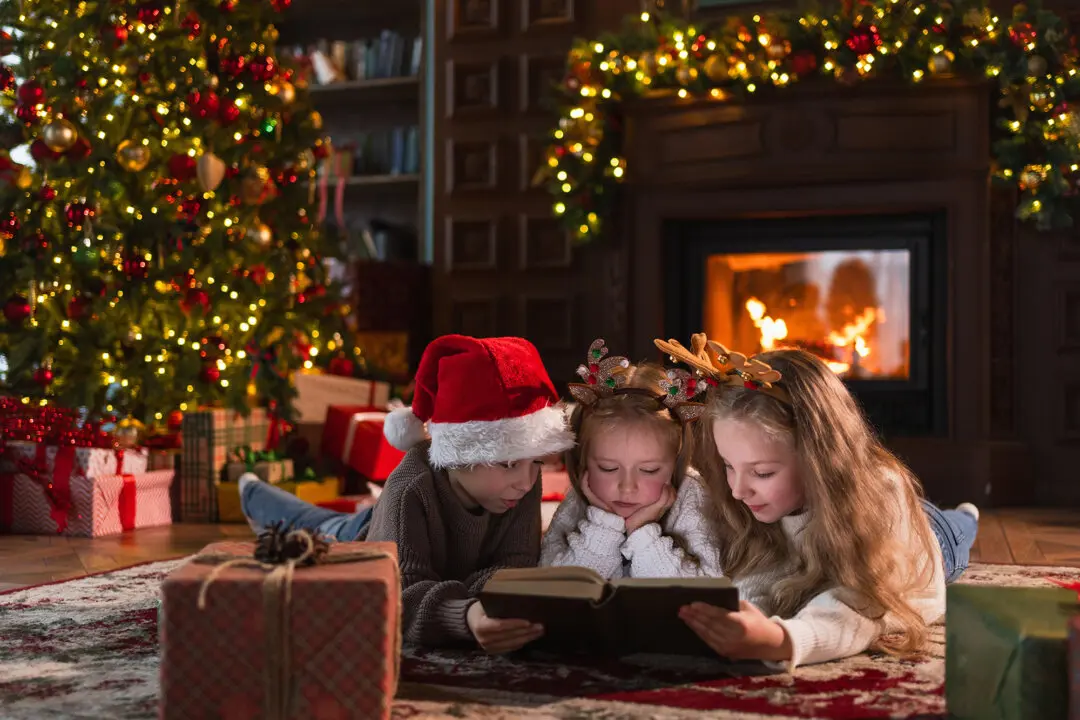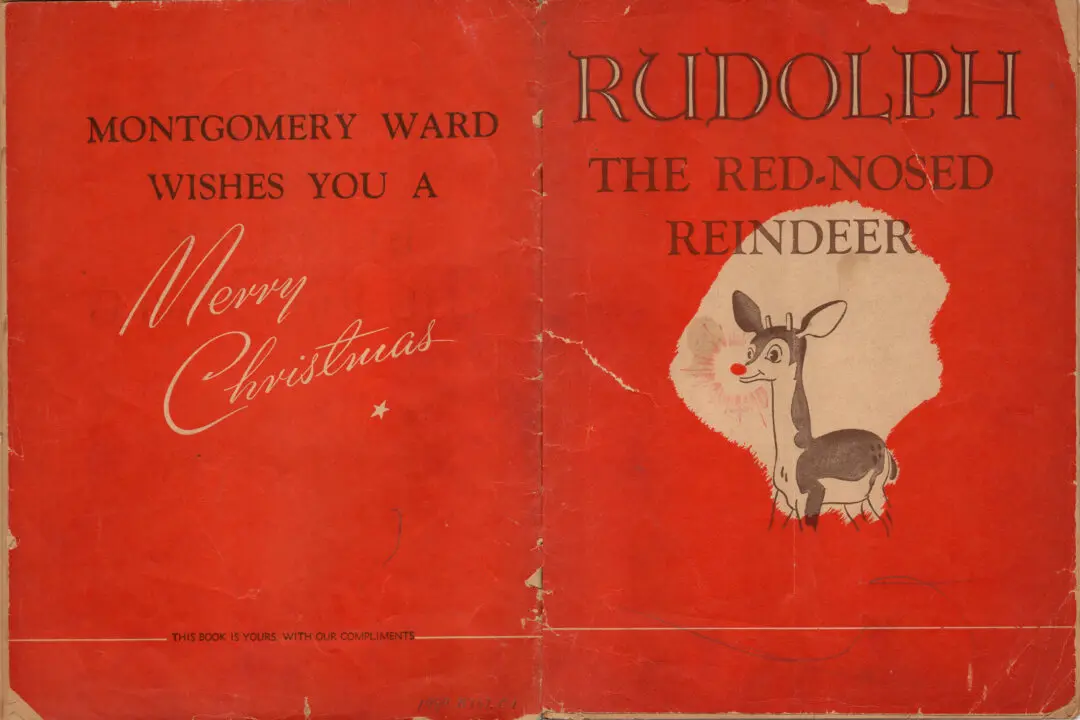“I have always imagined that Paradise will be a kind of a library,” Argentine writer Jorge Luis Borges wrote.
Like Borges, many of us find a little slice of heaven in a public library. There, standing straight as soldiers in tight ranks on the shelves, are thousands of books waiting just for us: stories, adventures, travel guides, histories, and a dozen other categories of the printed word. Best-sellers rub up against old favorites, and classics such as “War and Peace” and “Adventures of Huckleberry Finn” bracket the works of less familiar authors, mines of gold waiting to be discovered.






